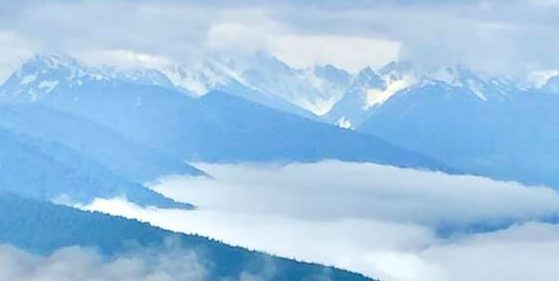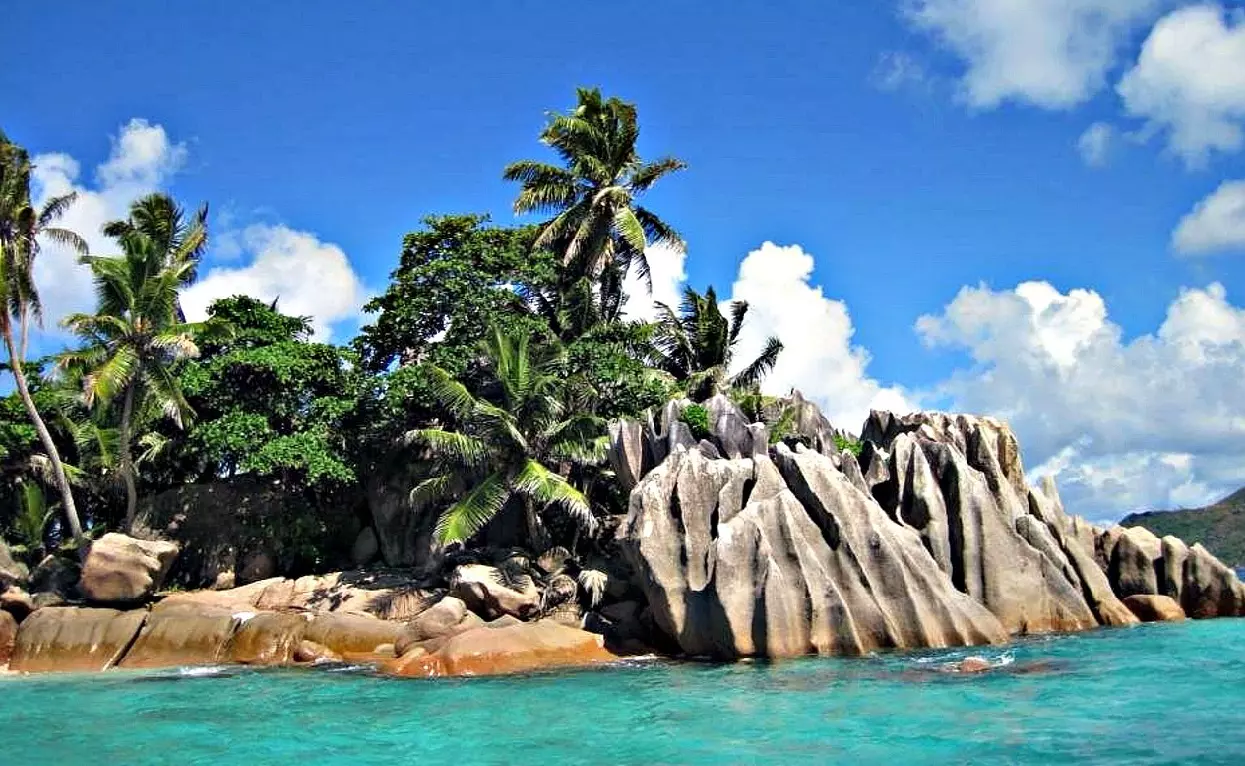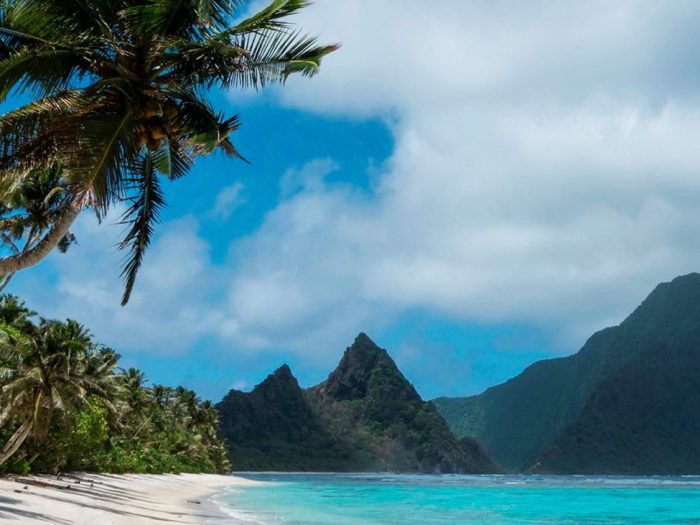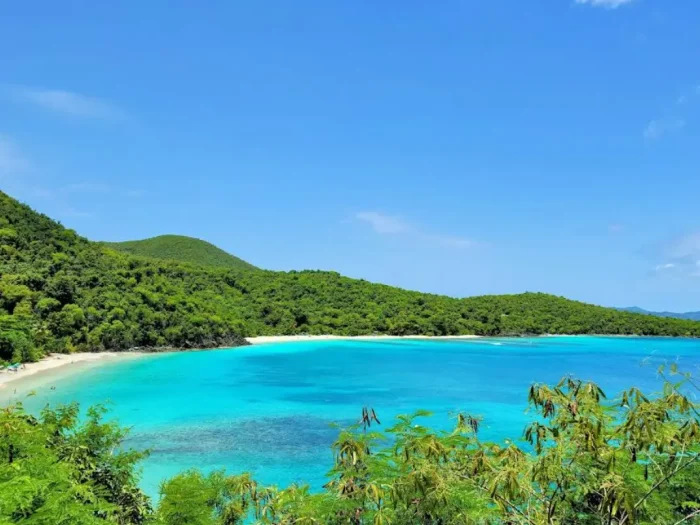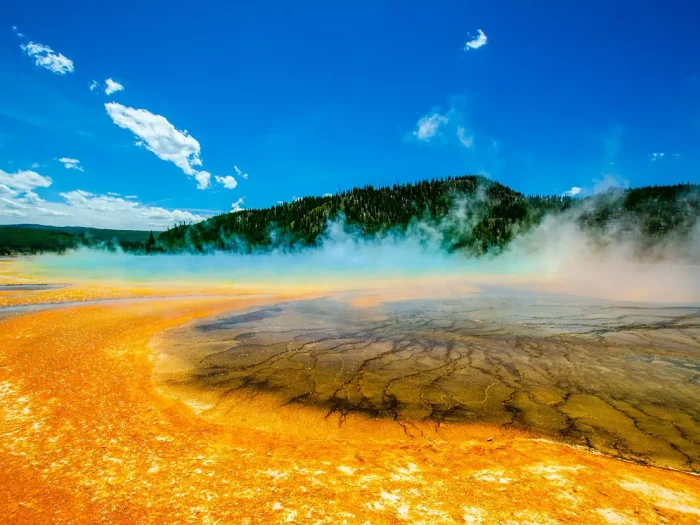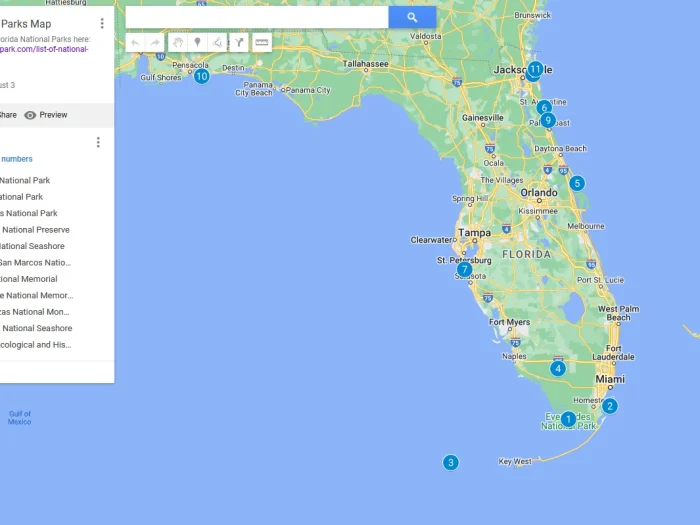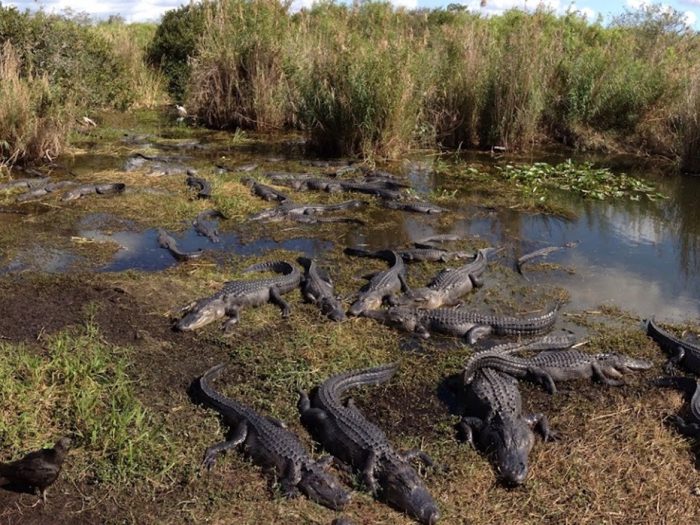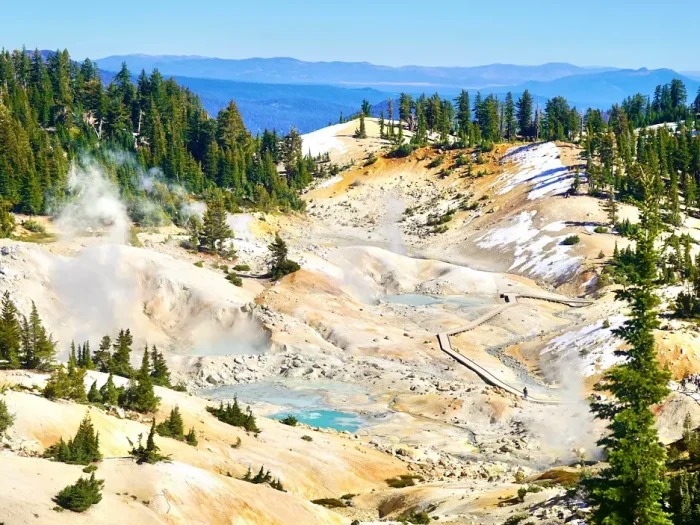Seychelles National Parks: What to See and Do
If you’re dreaming of white-sand beaches, granite boulders, and lush jungles teeming with rare species, Seychelles should be at the top of your travel list.
Tucked away in the heart of the Indian Ocean, this cluster of 115 islands offers more than postcard-perfect views.
It’s a haven for nature lovers, hikers, snorkellers, and anyone seeking an escape into the wild.
With its granite cliffs, turquoise lagoons, and rare wildlife, Seychelles showcases some of the finest natural beauty on Earth.
From jungle-clad mountains to coral-filled marine parks, the Seychelles is a destination where the natural world still reigns supreme.
But before you set foot on these paradise isles, it’s worth understanding what makes this destination so special, and how to prepare for a seamless adventure.
Explore Untouched Nature in the Seychelles’ National Parks
The Seychelles is home to some of the most spectacular natural landscapes on Earth.
Around half the land area is protected, with national parks and reserves covering vast stretches of forest, mountains, and coastline.
Morne Seychellois National Park (Mahé Island)
Morne Seychellois is one of the most biodiverse examples of a national park in the world, offering rare endemic species and panoramic views.
It’s also the largest national park in the Seychelles, spanning over 20% of Mahé, the main island.
It’s a dense rainforest network of misty peaks, granite outcrops, and winding trails that offer panoramic views of the coastline below.
Nature enthusiasts can hike to the summit of Morne Seychellois (905m), the highest point in the archipelago, or follow lower forest paths while spotting endemic birds like the Seychelles blue pigeon and kestrel.
Vallée de Mai Nature Reserve (Praslin Island)
Often called the ‘Garden of Eden,’ this UNESCO World Heritage Site is one of only two places in the world where the rare Coco de Mer palm grows wild.
With its enormous, double-lobed seeds and thick canopy, the forest here feels ancient and otherworldly.
Every hike introduces you to new flora and fauna, from carnivorous pitcher plants to vividly coloured sunbirds.
Keep your eyes peeled for the endangered black parrot, found nowhere else on Earth.
Aldabra Atoll
Remote and uninhabited, Aldabra is one of the largest raised coral atolls in the world.
Accessible only with special permits and guided expeditions, this unique ecosystem is home to over 150,000 giant tortoises, more than on the Galápagos Islands.
Its pristine lagoons and mangrove forests are also rich in marine life, making it a bucket-list spot for divers and researchers.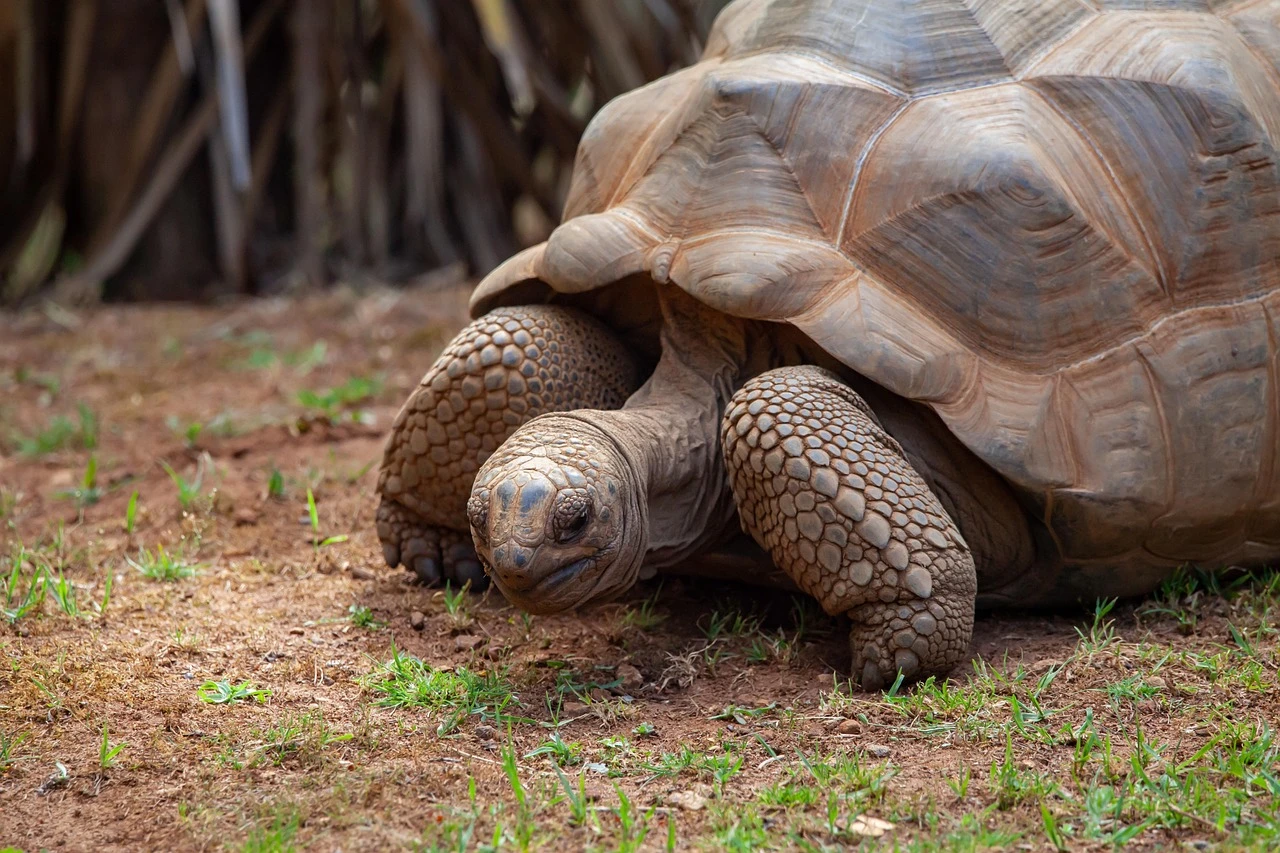
Immerse Yourself in Local Life and Eco-Friendly Travel
Seychelles isn’t just about scenery, its vibrant culture adds soul to every journey.
The local Seychellois Creole people are warm and welcoming.
Their traditions blend African, European, and Asian influences in everything from music to food.
To travel responsibly, consider staying in locally run eco-lodges or guesthouses.
These smaller accommodations often operate with sustainability in mind, using solar energy, limiting waste, and supporting conservation projects.
When shopping or dining, head to community markets and family-owned cafés to experience authentic island life and support the local economy.
Many tour operators also offer low-impact excursions, such as kayak trips through mangroves or guided reef walks that educate visitors about marine protection.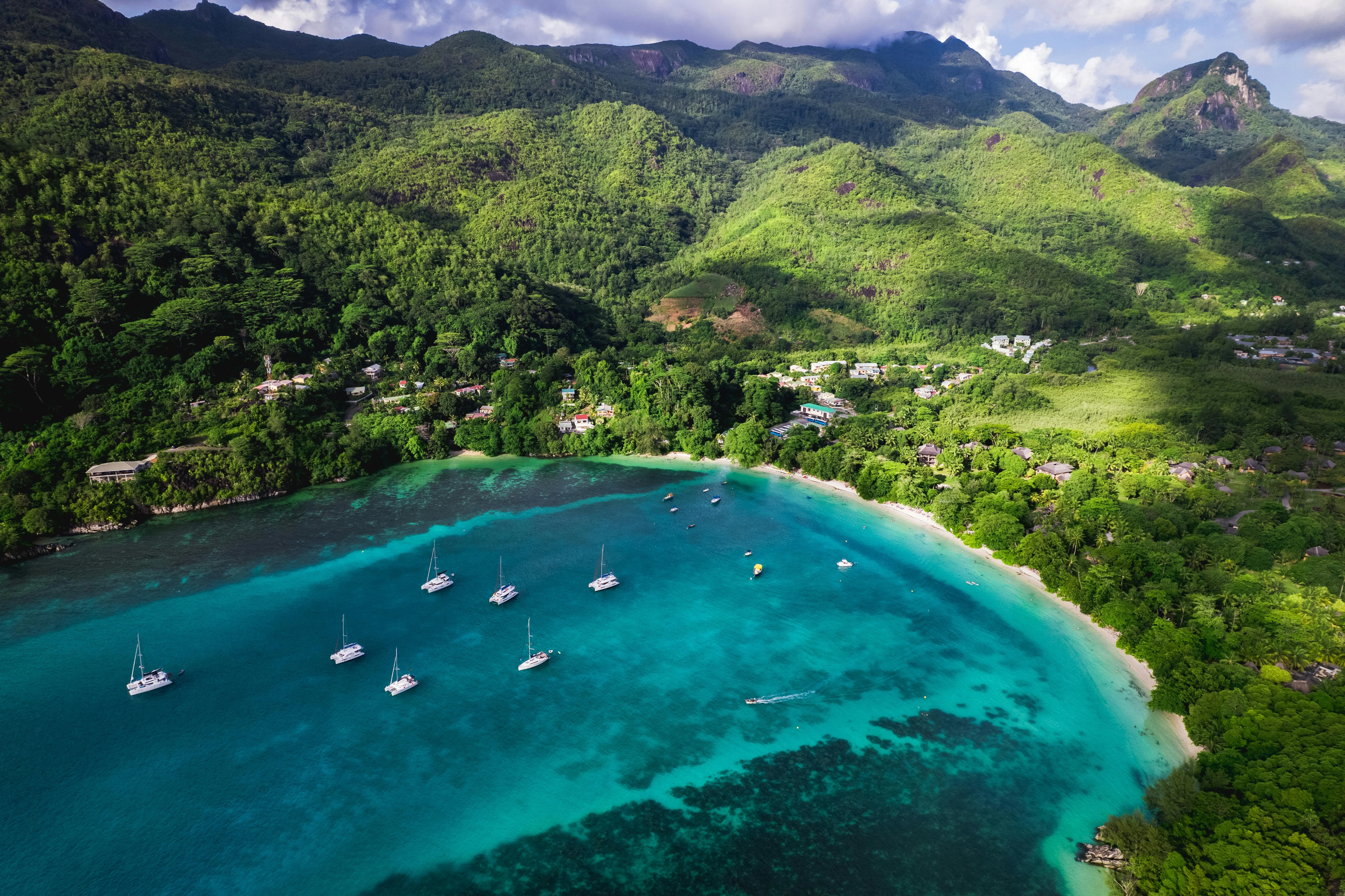
Travel Essentials: What to Know Before You Go
While Seychelles feels like paradise, it’s still important to plan ahead, especially when travelling to its more remote islands or national parks.
Connectivity and Access
Wi-Fi and mobile signal can be patchy in some areas, particularly outside major towns or on smaller islands.
Don’t expect to rely on your phone for directions or instant bookings, it’s best to plan in advance and enjoy being (happily) off-grid.
Cash Is Still King
Though many hotels and some larger restaurants accept cards, cash remains essential for markets, taxis, small boat transfers, and rural shops.
The official currency is the Seychellois rupee (SCR), which you won’t find easily at UK airports or high-street banks.
That’s why we recommend ordering your Seychelles currency in advance from a trusted bureau de change like Manor FX.
They specialise in rare and exotic currencies and can deliver straight to your door, so you’ll arrive fully prepared.
In a country where ATMS can be few and far between, especially on less-developed islands, having the right currency on hand makes all the difference.
Other Essentials
- Reef-safe sunscreen (to protect fragile marine ecosystems)
- Comfortable walking sandals for trails and jungle treks
- A reusable water bottle and a light daypack
- Snorkelling gear (optional, but handy if you want to avoid rentals)
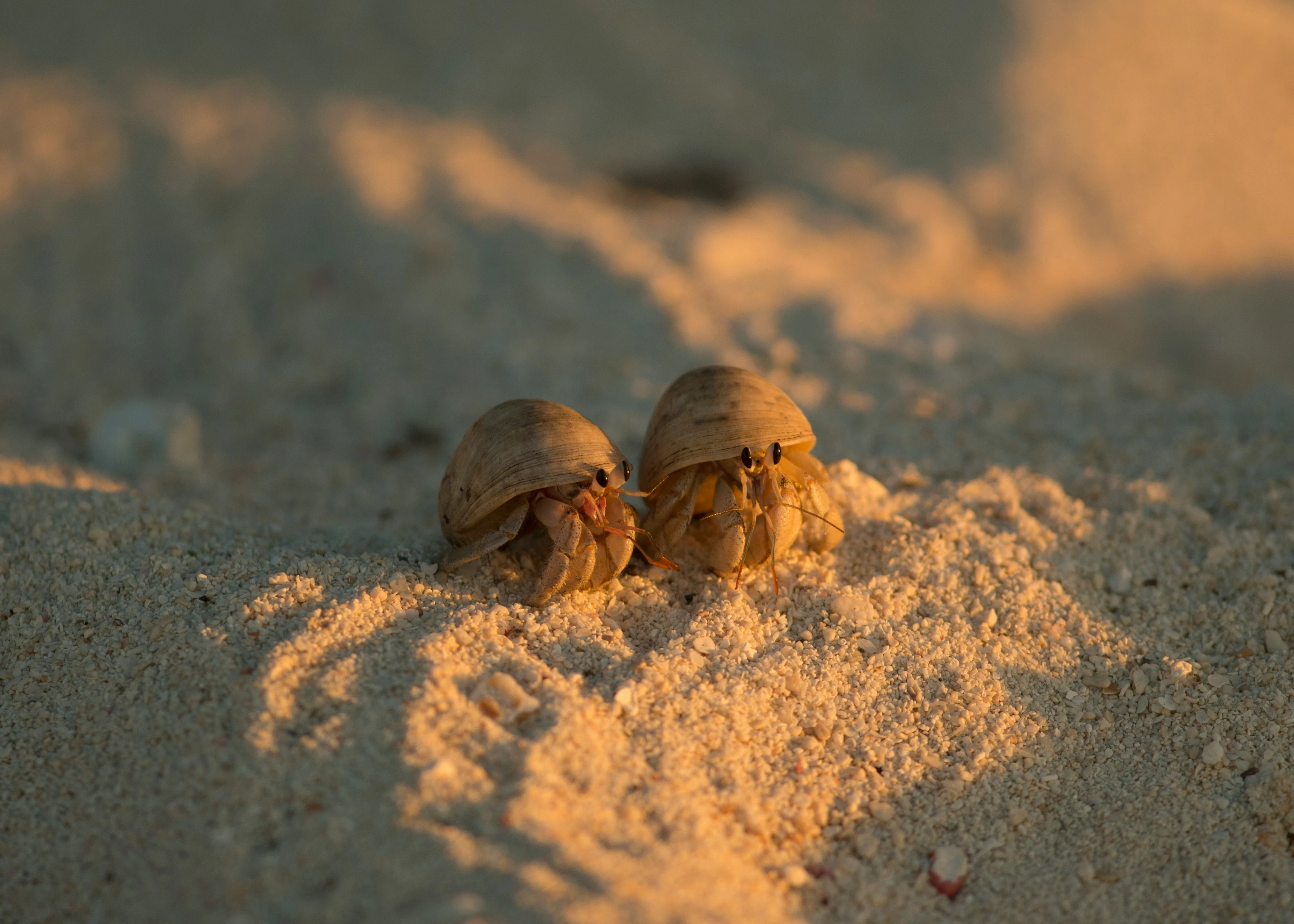
When to Visit Seychelles for Nature and Wildlife
The Seychelles’ climate is warm year-round, but for the best conditions, consider travelling in April–May or October–November.
These shoulder seasons offer calm seas, ideal snorkelling visibility, and milder weather for hiking and birdwatching.
Nature lovers might also time their visit around specific wildlife events:
- Turtle nesting season: November to February (especially on Aldabra and Cousin Island)
- Bird migration and breeding: April and May are peak months
- Best diving conditions: March–May and September–November
Final Thoughts: A Journey Worth Preparing For
The Seychelles is more than a tropical escape; it’s a chance to reconnect with nature in its rawest form.
Whether you’re hiking through misty rainforest, paddling through coral-fringed coves, or watching giant tortoises lumber past, the islands invite you to slow down, breathe deeply, and savour the moment.
To make the most of your trip, don’t overlook the practical details, especially when it comes to currency.
Exotic destinations require a little more forethought, and sourcing the Seychellois rupee in advance means one less thing to worry about when you land.
So pack your bags, plan your treks, order your currency and get Seychelles-ready.
